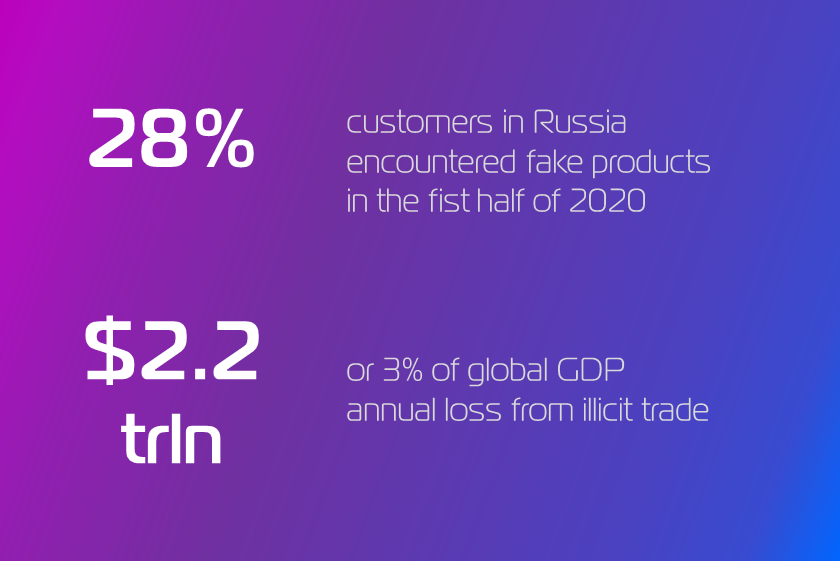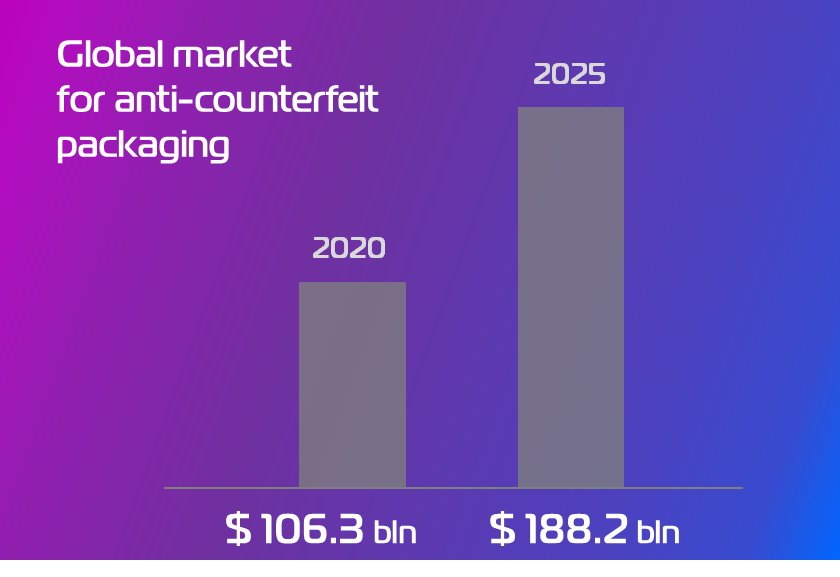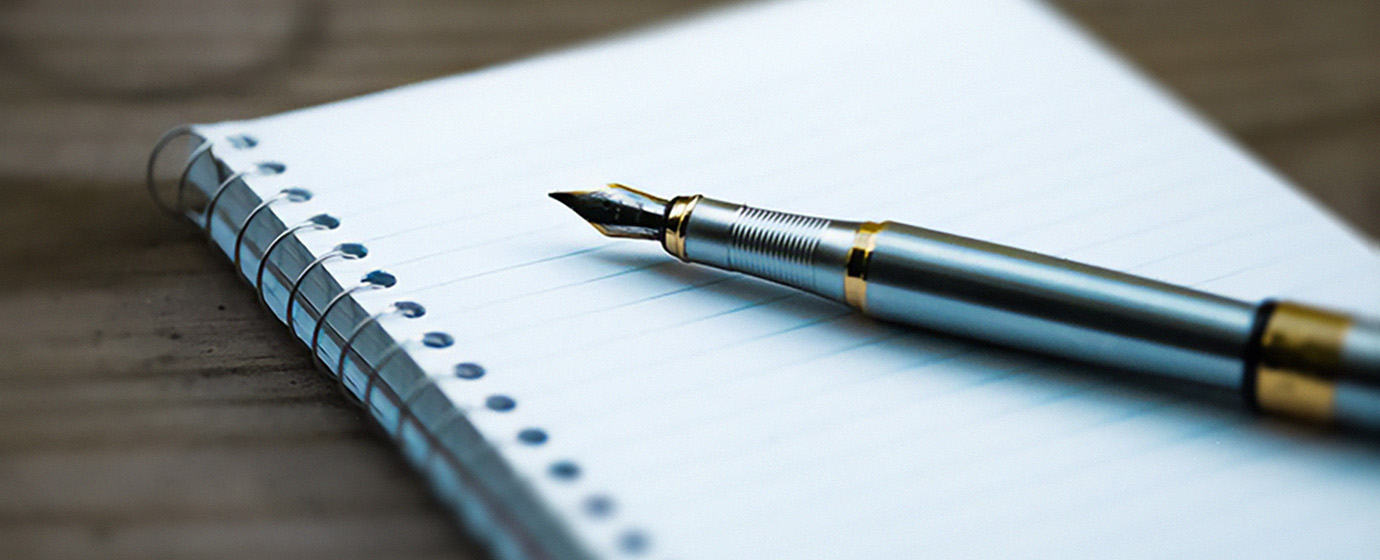The International Hologram Manufacturers Association of (IHMA) highlights an increase in demand for holographic authentication and track and trace systems for combating counterfeiting. Product manufacturers are turning to holographic technologies to protect their goods from fraud, maintain brand reputation and save profit.
The COVID-19 crisis has triggered a growth in illicit trade around the world. Among the main negative drivers of spreading counterfeit products, experts specify lockdown restrictions by governments, the decline in consumers’ income, and the flourishing of online commerce. Governments and businesses lose billions due to illicit trade leakages. Consumers buy a product of poor quality and lose trust in brands.
The global problem of illicit trade
According to TIAR-Center, in 2019 the turnover of non-food counterfeit products in Russia amounted to 5.2 trillion rubles, which is comparable to 4.7% of the country's GDP. According to Deloitte data, 28% of Russians encountered counterfeit products in the first 6 months of 2020.


Such figures are given by the company in the annual study “The consumer sector in Russia – 2020”. Counterfeit goods are common across alcohol – 12%, clothing and shoes – 11%, perfumes – 11%, cosmetics – 10%.
Globally, the World Economic Forum estimates that losses from the trade in illegal products amount to $ 2.2 trillion annually or 3% of world GDP.
COVID-19 and fake goods booming
A study by Euromonitor International indicates a significant increase in the turnover of illegal goods during the pandemic. Transnational organised crime networks have taken advantage of disruptions in supply chains, changes in consumer preferences, and price differences in local markets to strengthen their illegal presence. The most vulnerable to counterfeiting were pharmaceutical, medical and personal care products, alcohol and tobacco products, luxury goods and cosmetics. Besides, according to the agency's forecasts, due to border closures and supply chain disruptions, an influx of counterfeits among agricultural, automotive, and high-tech goods is expected.
Online trafficking of counterfeits
The explosive growth of online commerce amid the pandemic has concentrated the sale of illicit products on the Internet. Following consumers, illicit players moved towards online. Euromonitor International forecasts that the volume of online sales worldwide will double in four years – from 2 trillion US dollars in 2020 to 4 trillion US dollars by 2024.
Online retail in Russia keeps in line with global trends. The analytical agency Data Insight estimated that the volume of the e-commerce market in Russia in 2020 amounted to 2.7 trillion rubles. The number of online orders in the B2C segment increased by 78% compared to 2019. According to forecasts, the Russian e-commerce market will increase fourfold and reach 10.9 trillion rubles by 2025.
Russian and foreign experts expect the expansion of trade in counterfeit products through marketplaces and social networks. Sellers of counterfeit products take advantage of the imperfect anti-counterfeiting measures of online retailers, and also actively distribute fakes through bloggers.


Holographic technologies against counterfeiting
The problem of counterfeit goods on online platforms is forcing brands to increase their investment in authentication solutions. A pool of IHMA members has revealed that 50% of manufactures are seeing an increase in demand for holographic security technologies during the pandemic. A study of anti-counterfeit packaging shows the growing demand for technologies and devices to protect goods. Analysts predict the rise of the global market for anti-counterfeiting packaging from US $106.3 billion in 2020 to US $188.2 billion by 2025.
The use of integrated solutions for visual protection of goods and tracking systems allows the manufacturer to ensure the protection of their products. Advanced holographic elements with a catchy design, sophisticated visual effects, and thought-out identification help the buyer easily distinguish the original from the fake. The application of holograms on the product and packaging increases the customer's confidence in the quality of the product and in general in the company's products. Investments in anti-counterfeit solutions show the responsibility and concern of manufacturers for their customers, building brand loyalty. According to the forecasts of the IHMA, robust security solutions based on holographic technologies will reduce the number of fakes and brand losses due to counterfeit products.
KRYPTEN’s holographic security solutions meet the international quality standards that apply to the security features. We follow global trends and offer holographic security elements with vibrant visual effects and easy authentication, using a smartphone.


